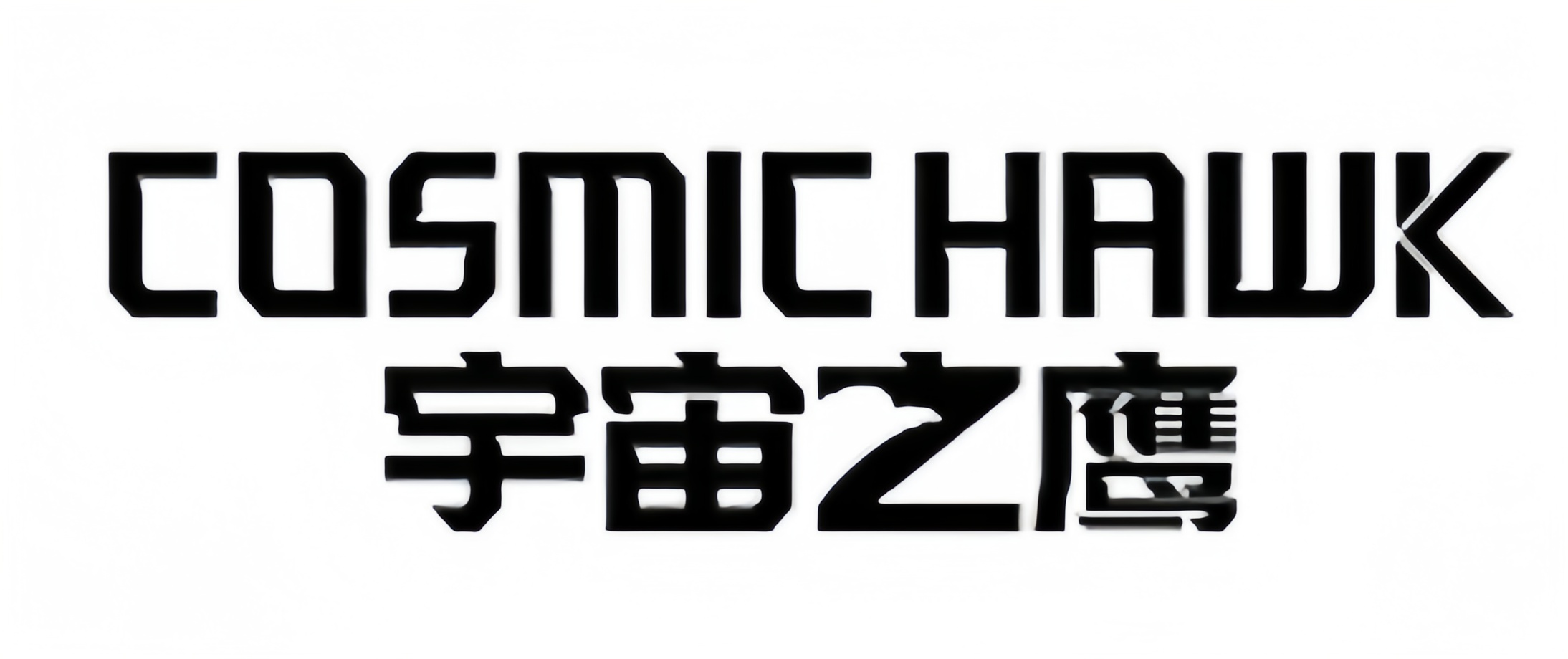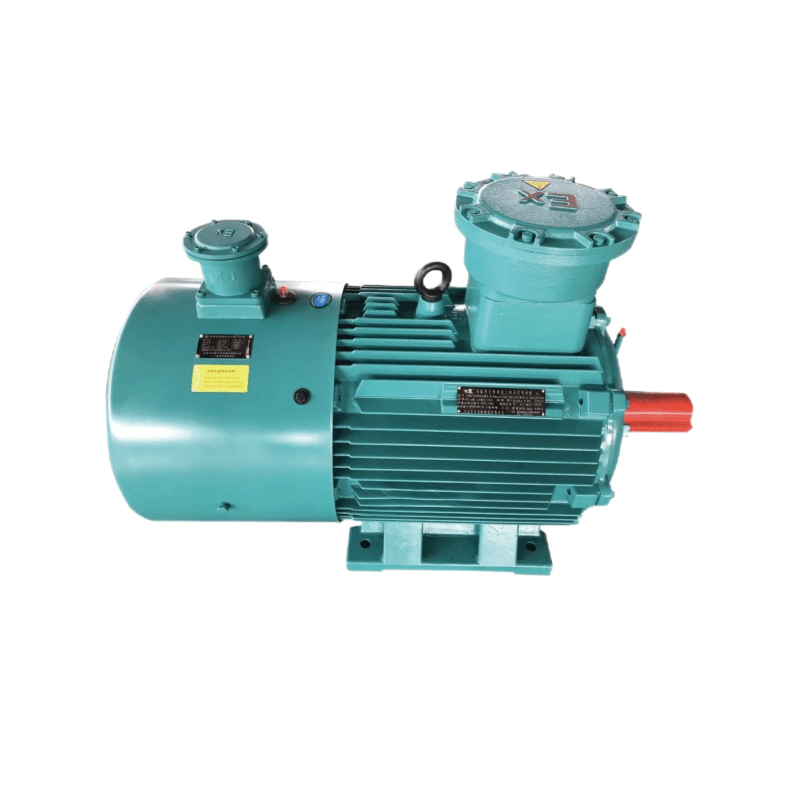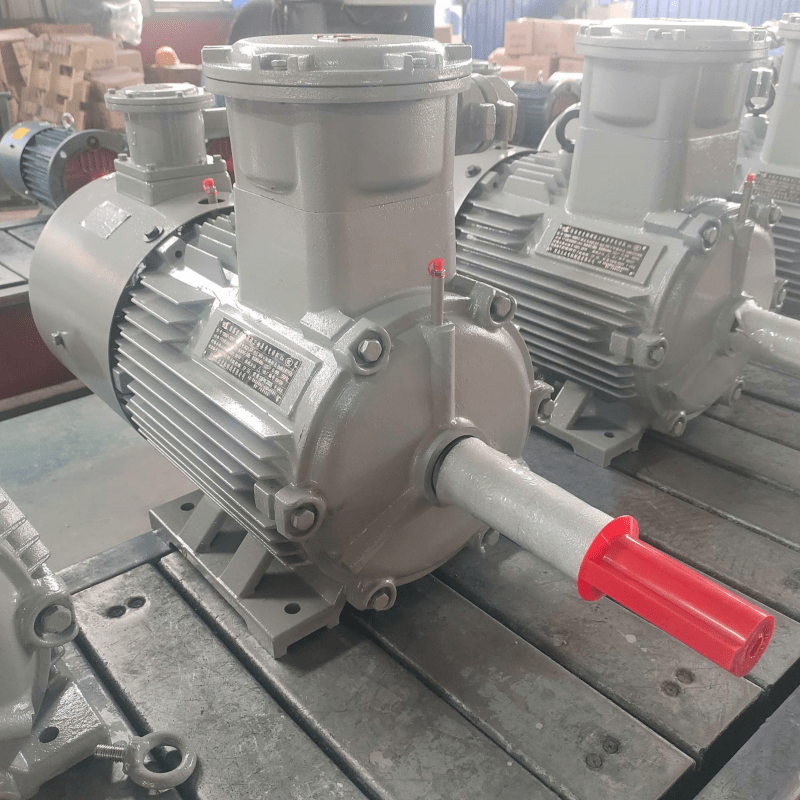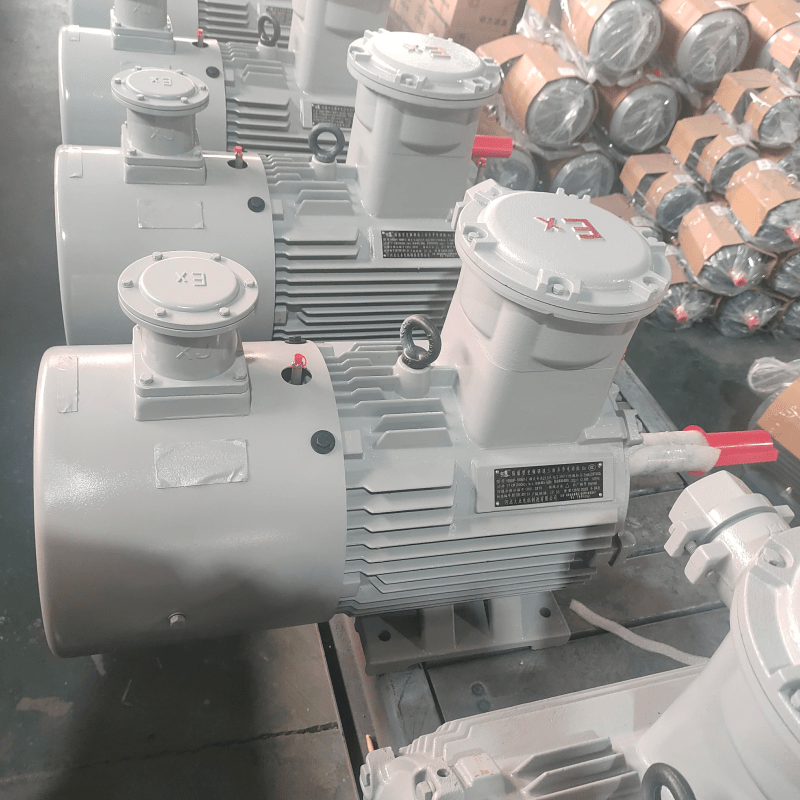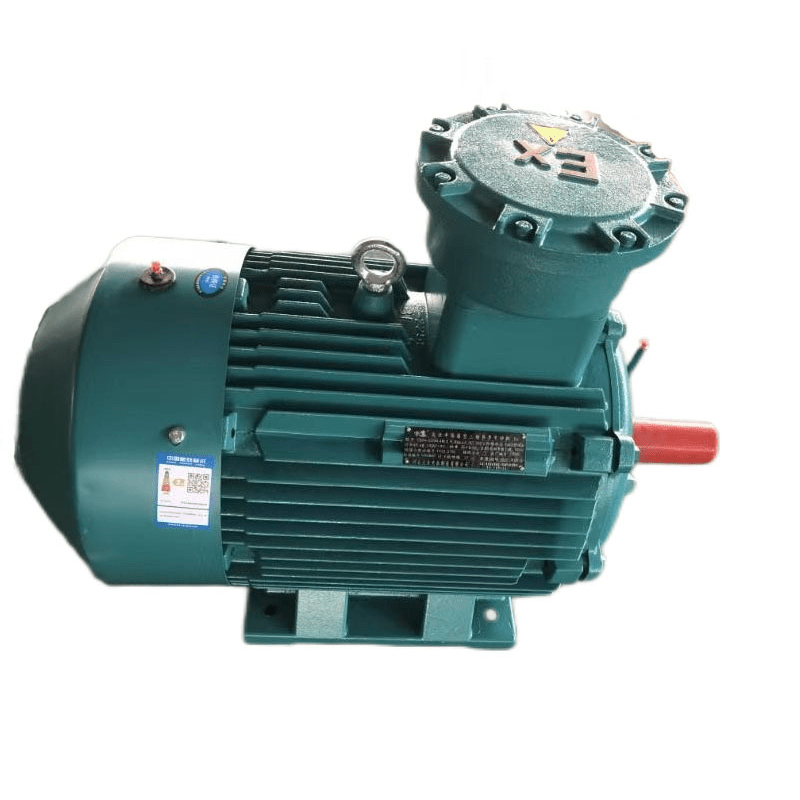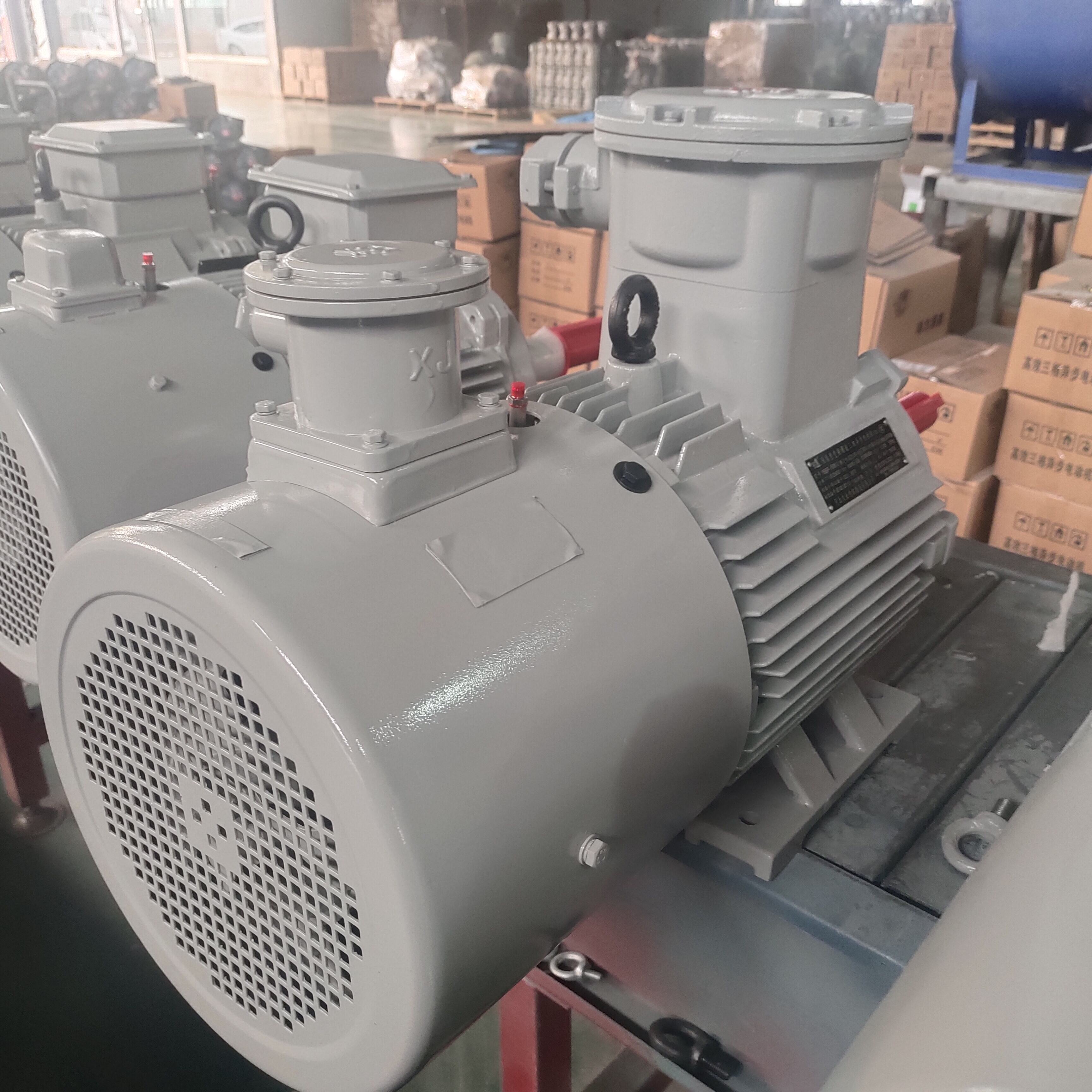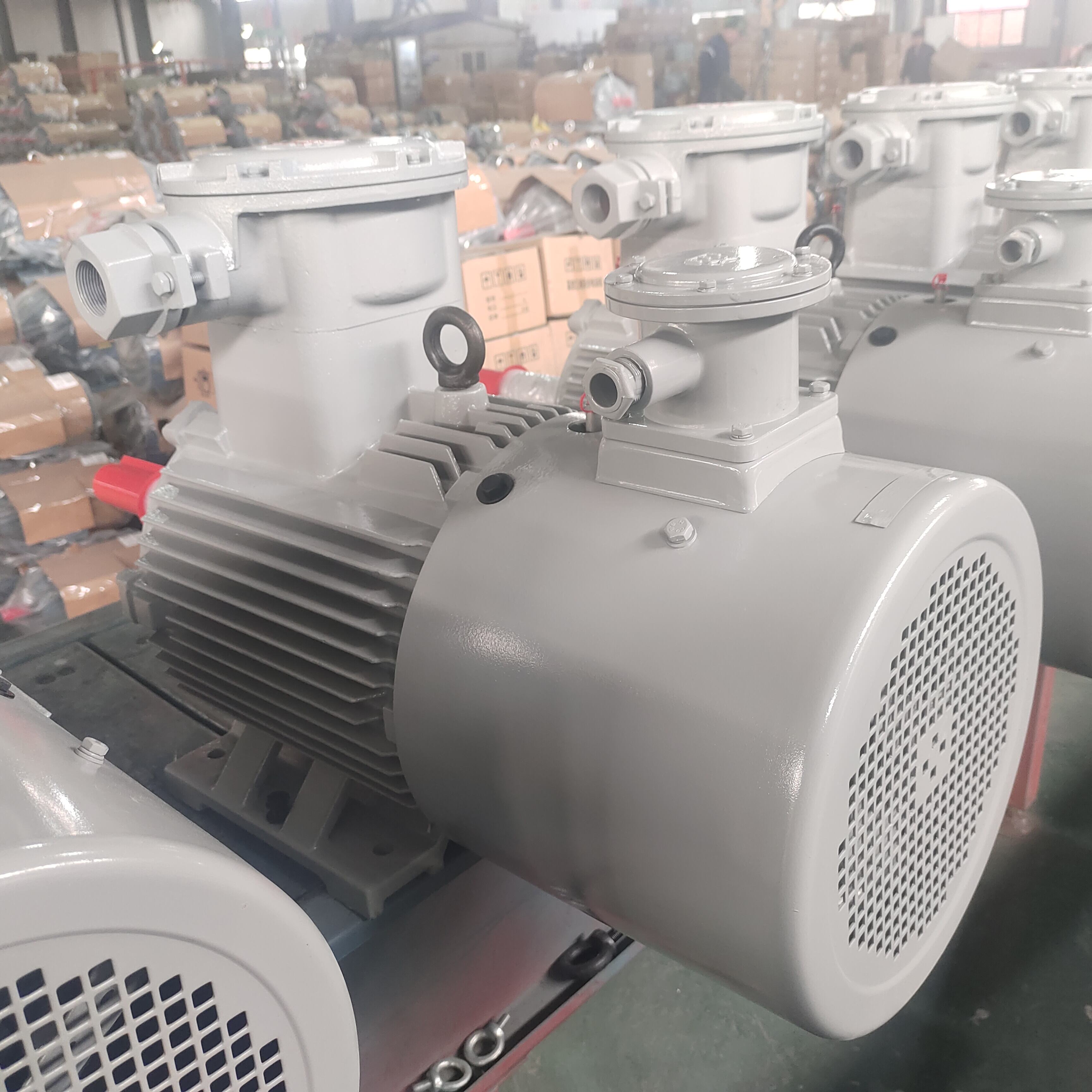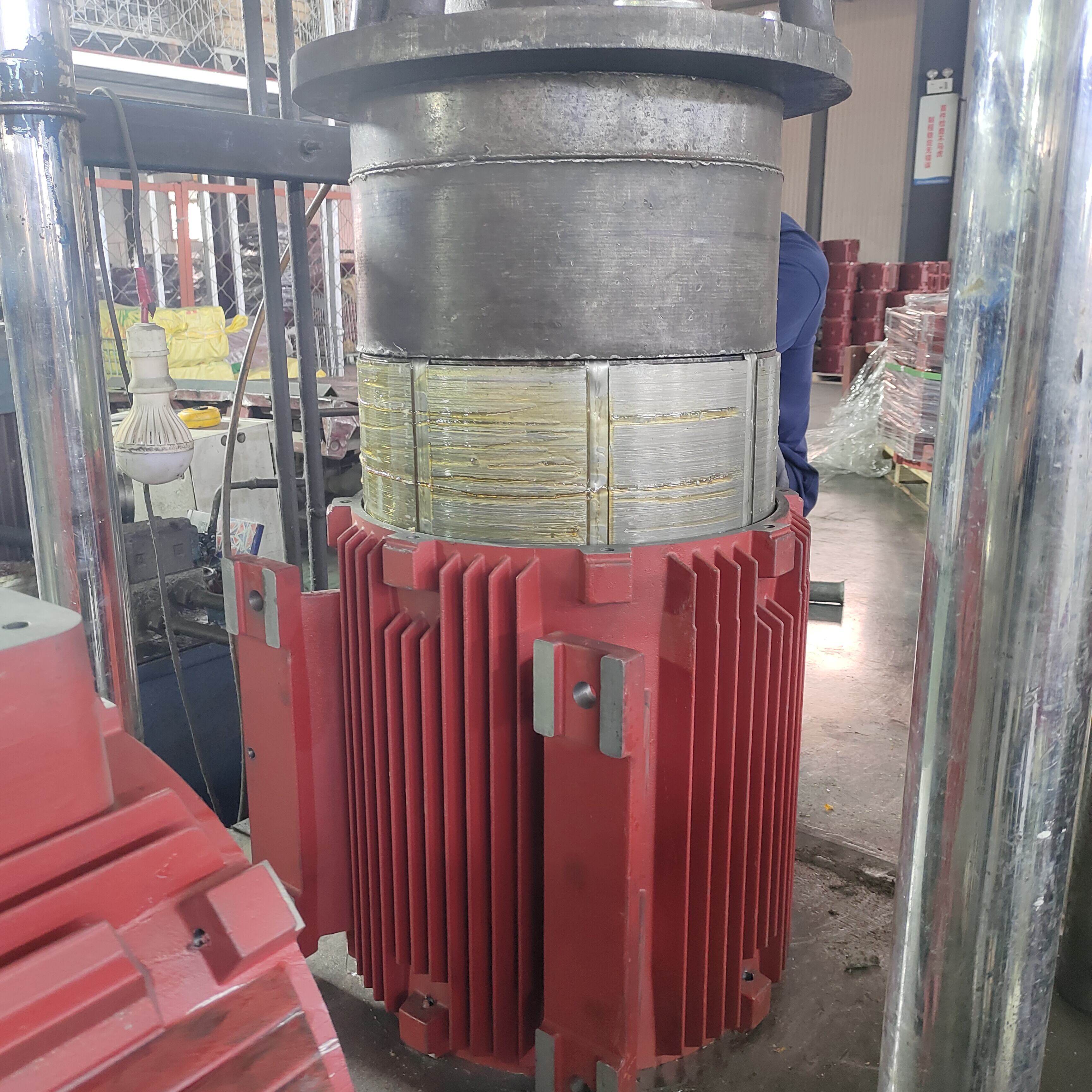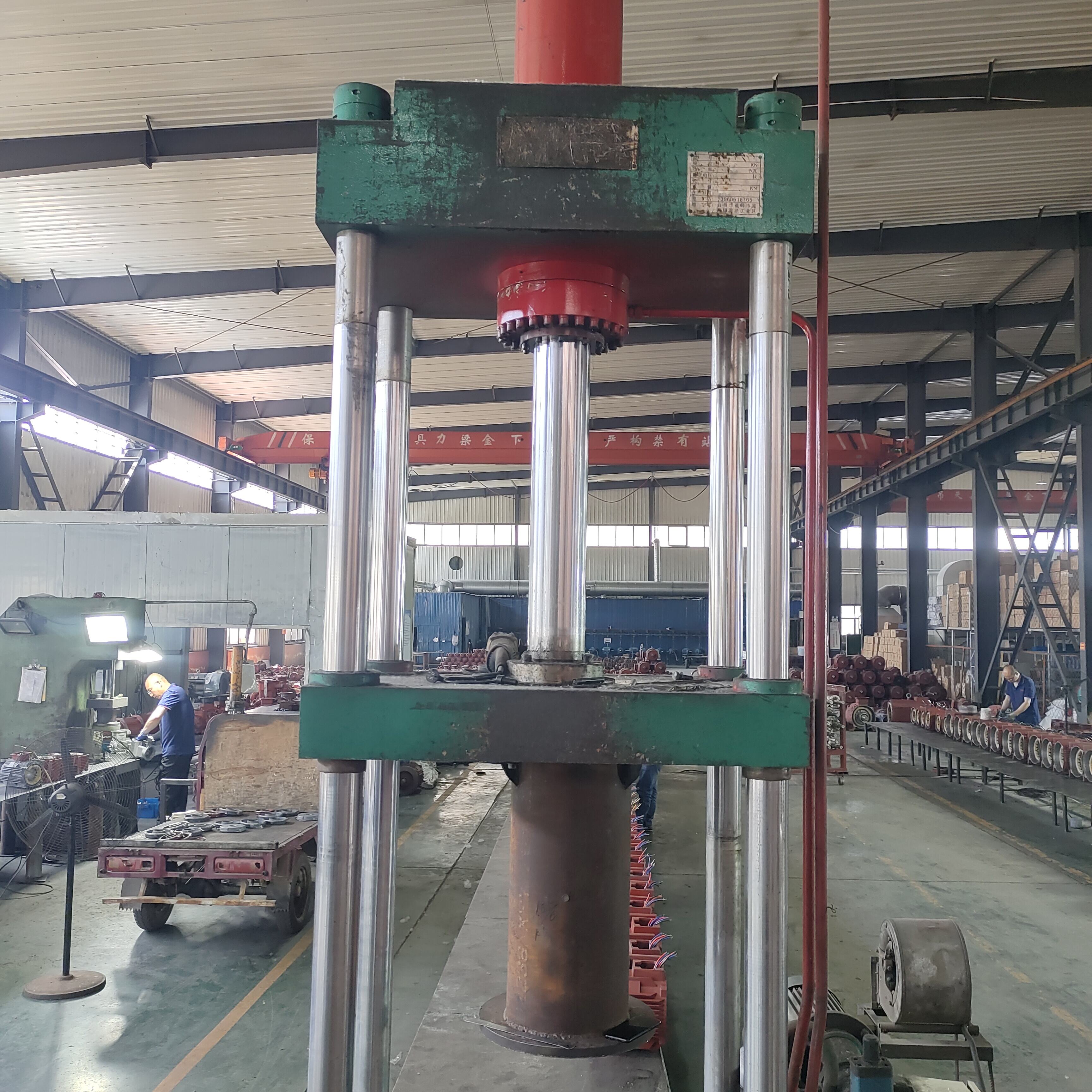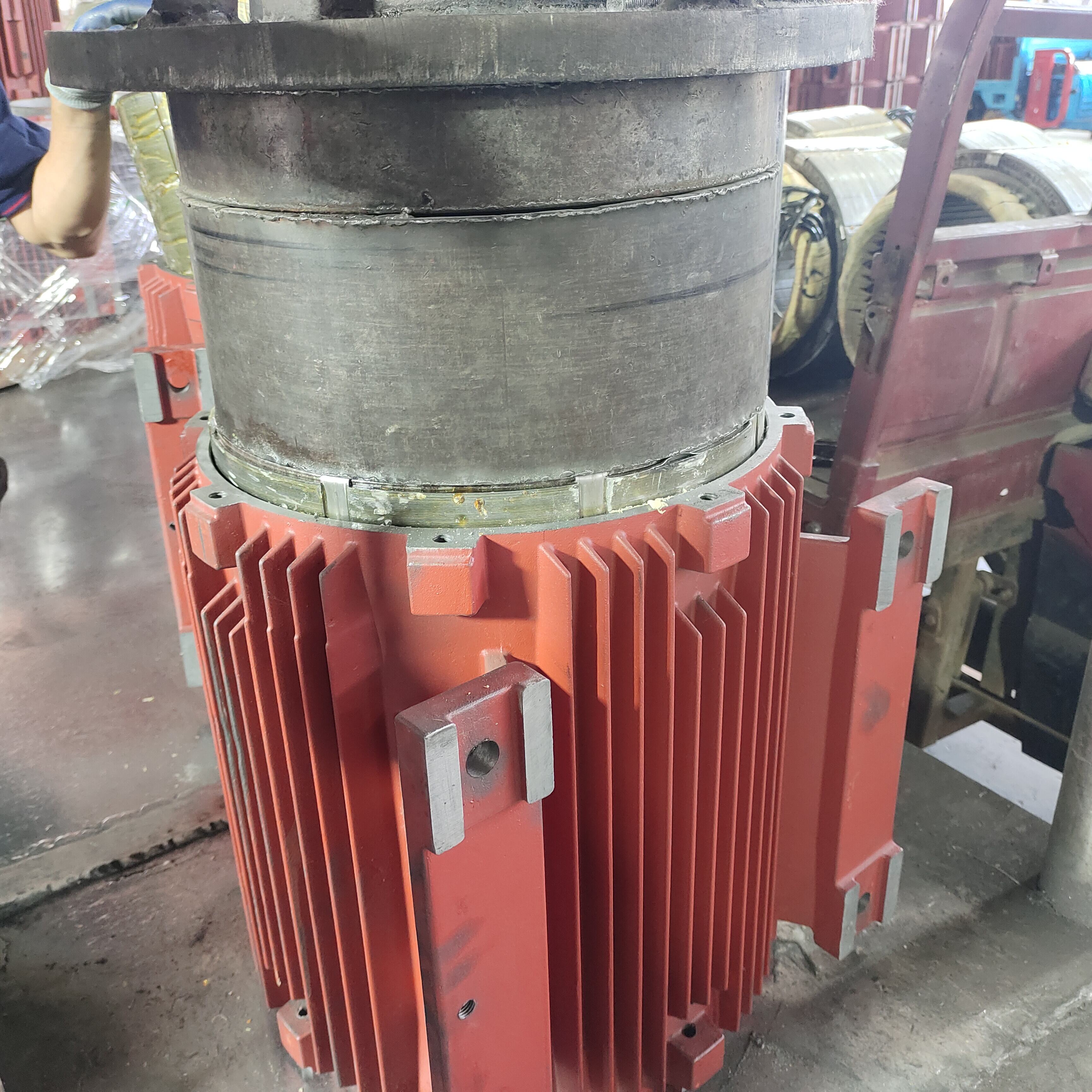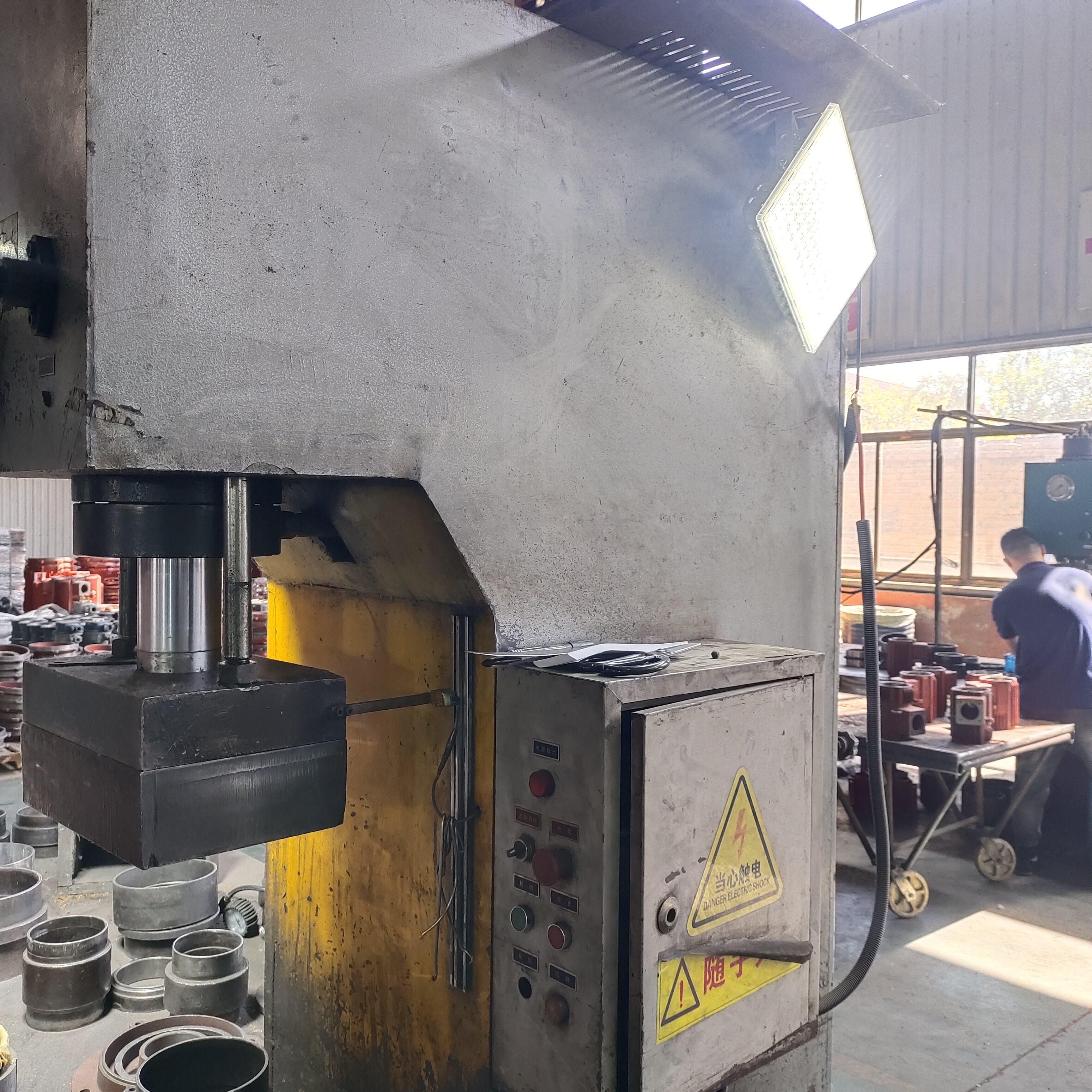Design Flexibility and Innovation Capabilities
Integrated die casting empowers designers and engineers with unprecedented design flexibility, enabling creation of complex geometries, innovative features, and optimized performance characteristics that would be technically challenging or economically unfeasible using conventional manufacturing methods. The casting process accommodates intricate internal passages, varying wall thicknesses, complex curved surfaces, and integrated functional features within single components, eliminating design constraints imposed by traditional fabrication and assembly limitations. Advanced mold design technologies, including sophisticated cooling systems, multi-axis parting lines, and sliding core mechanisms, enable production of components with undercuts, internal cavities, and complex three-dimensional features that enhance functionality while reducing overall system complexity. Computer-aided engineering tools allow designers to optimize component topology, incorporate generative design principles, and validate performance characteristics through detailed simulation analysis before committing to production tooling. This design freedom enables integration of multiple functions within single components, such as structural support, fluid routing, heat dissipation, electromagnetic shielding, and aesthetic surface finishing, reducing overall system weight and complexity while improving reliability. Rapid prototyping capabilities through 3D printing and CNC machining of prototype tooling enable quick design iteration and validation, accelerating product development cycles and reducing time-to-market for innovative solutions. Material selection flexibility allows optimization of aluminum alloy compositions for specific application requirements, balancing mechanical properties, corrosion resistance, thermal conductivity, and manufacturing characteristics to achieve optimal performance outcomes. The casting process readily accommodates design modifications and customization requirements without extensive retooling, enabling manufacturers to offer product variants, regional adaptations, and customer-specific configurations while maintaining production efficiency. Integration of smart manufacturing technologies, including sensors, monitoring systems, and data collection capabilities, can be incorporated directly into cast components during production, enabling development of intelligent products with embedded functionality. Design optimization opportunities extend beyond individual components to entire system architectures, as integrated die casting enables consolidation of multiple parts into unified assemblies that reduce overall product complexity, improve reliability, and enhance user experience through improved fit, finish, and functional integration.
